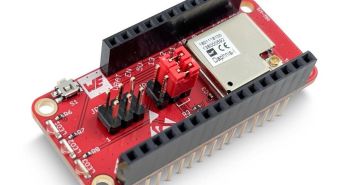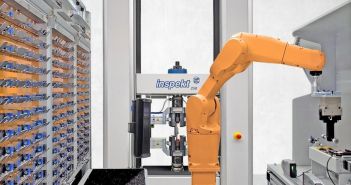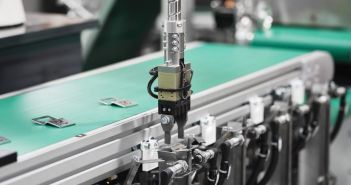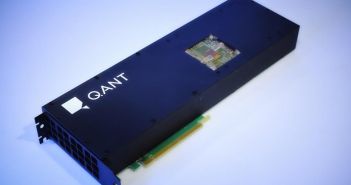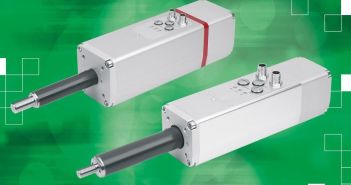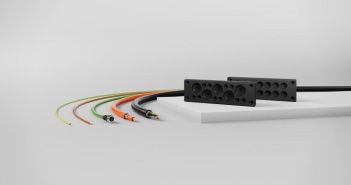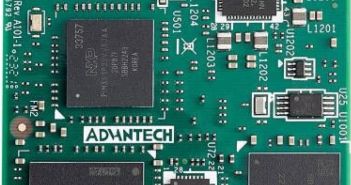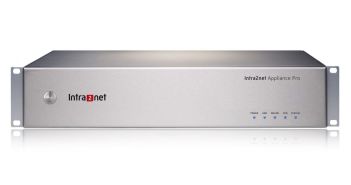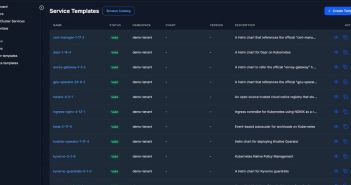ZEISS, the global leader in precision optical microscopy systems, regularly ships demonstration devices valued at up to 500,000 euros. These sensitive instruments face risks from shocks, vibrations, and improper handling during transit. To address these challenges, ZEISS deploys SmartMakers IoT-enabled real-time tracking solution, continuously monitoring location, impact forces, tilt angles, and worldwide shipping conditions. Analysis of collected transport data enhances route planning, minimizes downtime, optimizes maintenance, and elevates customer satisfaction.
Table of Contents: What awaits you in this article
ZEISS demonstration microscopes damaged during global shipment, harming reliability
ZEISS is recognized as leading manufacturer of precision mechanical-optical microscopy systems catering to life sciences, materials research, education, and clinical applications. For demonstrations, training sessions, and user meetings, the company ships demo devices valued at up to 500,000 euros worldwide. During transit, these sensitive instruments frequently suffer damage due to impacts, vibrations, or tilting. Retrospective analysis often fails to clarify responsibility for damages, adversely affecting service quality and customer satisfaction.
Instruments Suffer Damage From Shocks, Vibrations, Tilts During Transit
During transit, these delicate instruments frequently undergo improper handling events such as impacts, vibrations, and tilting that exceed predefined thresholds. Traditional packaging solutions lack the capability to monitor or report these occurrences, leaving operators blind to damage-inducing incidents. Consequently, organizations face substantial repair expenses, schedule delays, and an absence of accountability tracing responsibility to specific handling steps or parties. The resulting uncertainty undermines operational efficiency and contributes to elevated costs.
ZEISS Deploys SmartMakers IoT Sensors For Real-Time Shipment Monitoring
By embedding SmartMakers’ IoT sensors within its transport containers, ZEISS enables continuous monitoring of each shipments geographic coordinates alongside real-time readings of impact forces, tilt angles, and additional environmental parameters. A centralized dashboard highlights any parameter exceeding established thresholds immediately and attributes the event to a specific shipment. This proactive visibility allows logistics teams to detect potential damage risks and implement corrective measures before the instruments reach their destination, protecting assets.
Real-Time Tracking Delivers ZEISS Insights, Efficiency, Lower Costs, Satisfaction
By harnessing real-time tracking, ZEISS not only enhances security but also gains critical insights into how long demonstration instruments remain active at customer sites and exhibition venues. The captured metrics support demand-oriented allocation, optimize transportation scheduling, and minimize idle intervals. Consequently, logistics expenses decrease while system readiness remains consistently high, ultimately elevating service efficiency and customer contentment by delivering prompt availability and reducing potential downtime throughout the product demonstration lifecycle.
ZEISS expands SmartMakers solution globally after successful European implementation
Following the successful deployment of SmartMakers IoT-based tracking in Europe, ZEISS is preparing to extend the solution globally. This next phase will introduce enhancements such as predictive transport risk models driven by automated analytics, seamless integration with current logistics management platforms, and real-time performance dashboards. By digitizing end-to-end supply chain processes and leveraging data-driven insights, the company strives to optimize operational efficiency, reinforce equipment protection standards, and elevate overall reliability and service quality worldwide.
IoT-Powered Real-Time Tracking Transforms ZEISS Demo Device Logistics Operations
SmartMakers IoT-enabled tracking system equips ZEISS with continuous oversight of demo instruments during transit. Capturing geolocation, vibration magnitude, and tilt angle data, it provides granular visibility into handling events, triggering instant alerts when thresholds are exceeded. This robust accountability framework reduces repair costs, minimizes downtime, and streamlines dispatch planning. Combined with data analytics and phased global rollout, the solution sustains operational efficiency, reinforces service consistency, and enhances overall logistics transparency.


